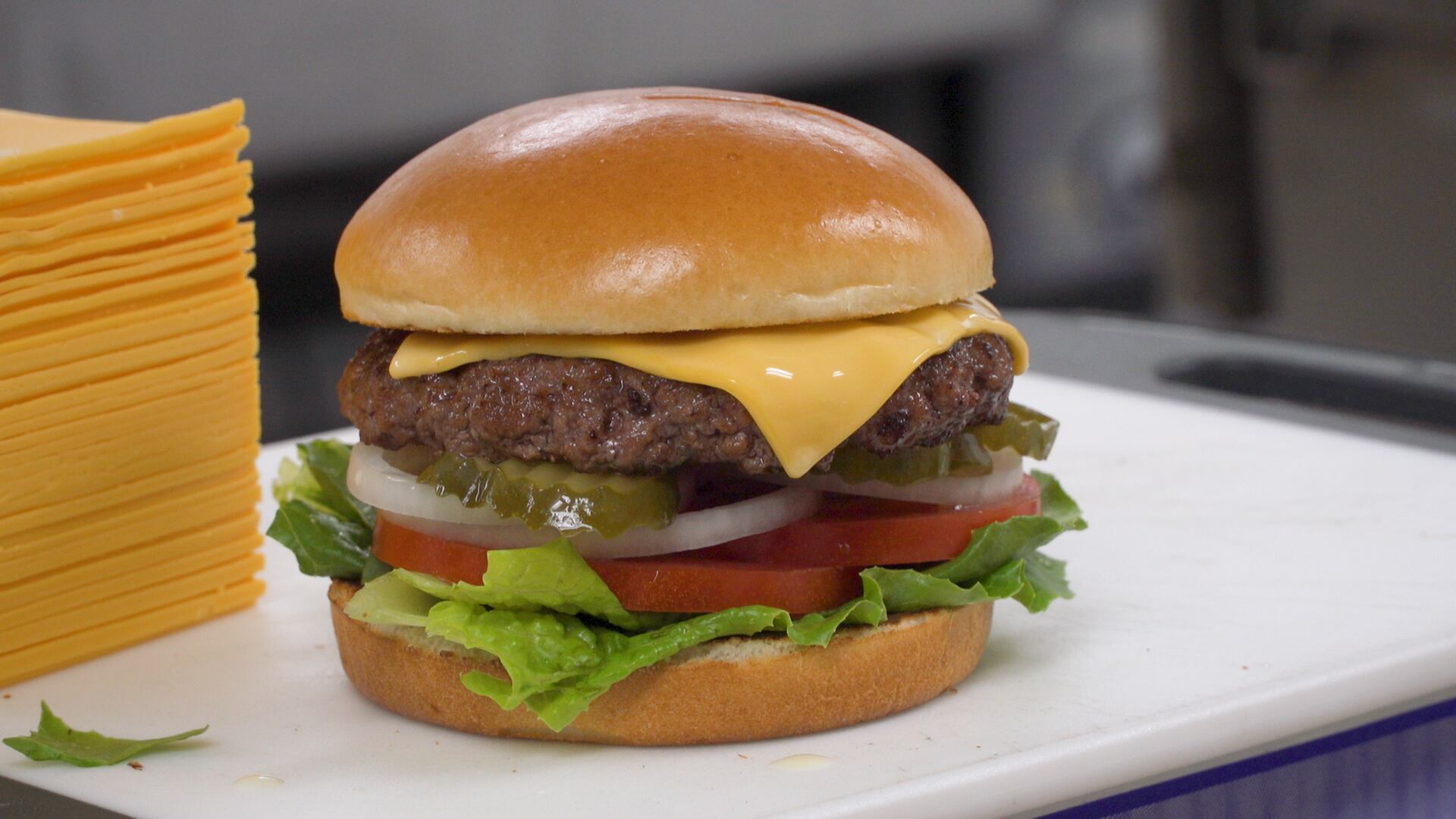Wendy’s, the international fast-food chain known for its square burgers and frosties, is stirring the pot by introducing Uber-like surge pricing on its menu. With an investment of $20 million into new technology and artificial intelligence, the time of day, your location, and even the amount of customers in-line could all affect how much you pay.
So, how will customers react to these fluctuating prices? We took to our local Wendy’s to find out.
Ellen Sheehan, a Wendy’s customer, shared why she chooses to eat at Wendy’s
SHEEHAN: “Being a single mom full time college student, they have lots of good deals, so I can get a decent amount of food for less expensive and it’s also better quality than like other fast food restaurants.”
However, Sheehan feels that given the surge in prices, she will look for alternative places to eat.
SHEEHAN: Because if alleged already is already $9 And the search goes up, I’m going to spend $12 I’m not going to come to a fast food place I’ll go somewhere else.
For other customers, like Alander Pulliam, budgeting is very important to them and they value predictability in prices.
PULLIAM: “I live off of budget. So when I come I expect the price that I see if it’s changes every moment, you get a massive amount of people or short amount people. It goes against my, my budgeting system.”
And no matter how good the food is, Pulliam shared that he will only eat at places that fit his budget.
PULLIAM: “I would definitely choose another place to go to eat. You know, I would hate not to eat because I love the baked potatoes, but for the price if you know, I gotta make what fits my budget.”
But how will Wendy’s new dynamic pricing strategy affect those who heavily rely on fast food as a primary source of nutrition?
We spoke to Dr. Cary Kreutzer, USC Professor of Clinical Gerontology and Pediatrics and dietician for 42 years.
KREUTZER: “People with money, will, will say it’s fine, you know what I’m ready to eat now. But I think for lower income families that are on a tight budget, I think they probably will learn the system, almost better than people that aren’t on a tight budget. And instead of a frosty, they’ll have a McFlurry across the street.”
Kreutzer’s insight highlights an essential aspect of this conversation: the impact of fast food availability and affordability on community health, especially in low-income areas.
KREUTZER: “And if you look at the area surrounding USC, as you know, South Central LA, the food deserts and if we look at social determinants of health, which is a really important concept for students and others to recognize the social determinants of health basically say that if you live in a zip code that has poor housing, has poor access to grocery stores, has high stress level, has poor employment rates has schools that don’t score as high that people in that community, they’re gonna live 20 years less than the zip code where I live.”
As we discuss the implications of Wendy’s pricing experiment, it is clear that the fast-food industry’s role in our daily lives and its influence on our health and wallets remains a hot topic. On one hand, dynamic pricing could lead to healthier consumer choices, while on the other, it risks alienating customers and exacerbating food insecurity among vulnerable populations.
For Annenberg Media, I’m Sethan Perez.
